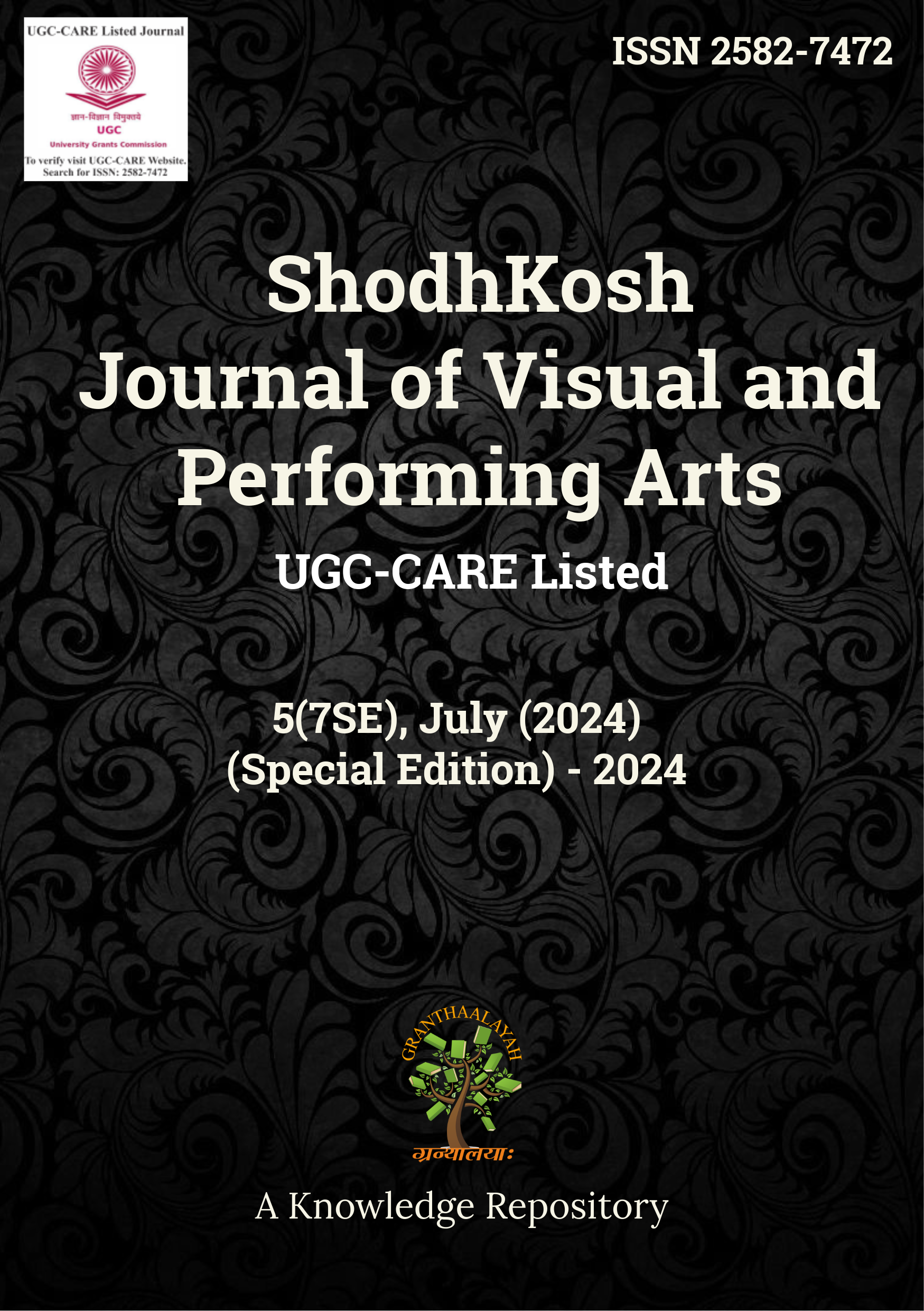A COMPARATIVE STUDY OF PERSONALITY TRAITS OF CRICKET AND SOFTBALL INTER-COLLEGIATE PLAYERS
DOI:
https://doi.org/10.29121/shodhkosh.v5.i7SE.2024.5841Keywords:
Personality Traits, Cricket, Softball, PlayersAbstract [English]
The purpose of the present study was to assess the personality traits of Cricket and Softball Inter-Collegiate men players of Dr. Babasaheb Ambedkar Marathwada University. The study conducted on fifty samples, consisting of twenty five Cricket and twenty five Softball Inter-Collegiate men players of Dr. Babaheb Ambedkar Marathwada University. Personality traits were obtained by administrating R. B. Cattell’s Sixteen Personality Factor questionnaire. The data collected through this test were analyzed with respect to second order personality traits i.e. dependence, control and adjustment. T test was applied to compute the significance of differences among two groups. The significance of data was judged at 05 levels. The result of the study indicates that personality traits of Cricket and Softball Inter-Collegiate men players are same.
References
Buch M. B. A Survey of Research Education, Baroda, Center for Advanced study in education.
Calvin S. Hall and Gardner Lindzey, Theories of Personality, New Delhi, Wiley Eastern limited, 1985.
Calvin S. Hall and Gardner Lindzey, Theories of Personality, New Delhi, Published by Mohinder Singh Sejwal for Wiley Eastern Limited, 1978.
Carl Auerbach and Joseph L Zinnes, Psychalogical Statistics, New York, J.B. Lippincott company Philadelpha, 1978
Cox Richard H., Sports Psychology, Dubuque lowa, Wm.C. Brown Publishers, 1985.
Dr. Kalpana B. Zarikar, Sports Psychology, International Publications, 2018
Downloads
Published
How to Cite
Issue
Section
License
Copyright (c) 2024 Dr. Shekhar N. Shirsath

This work is licensed under a Creative Commons Attribution 4.0 International License.
With the licence CC-BY, authors retain the copyright, allowing anyone to download, reuse, re-print, modify, distribute, and/or copy their contribution. The work must be properly attributed to its author.
It is not necessary to ask for further permission from the author or journal board.
This journal provides immediate open access to its content on the principle that making research freely available to the public supports a greater global exchange of knowledge.































